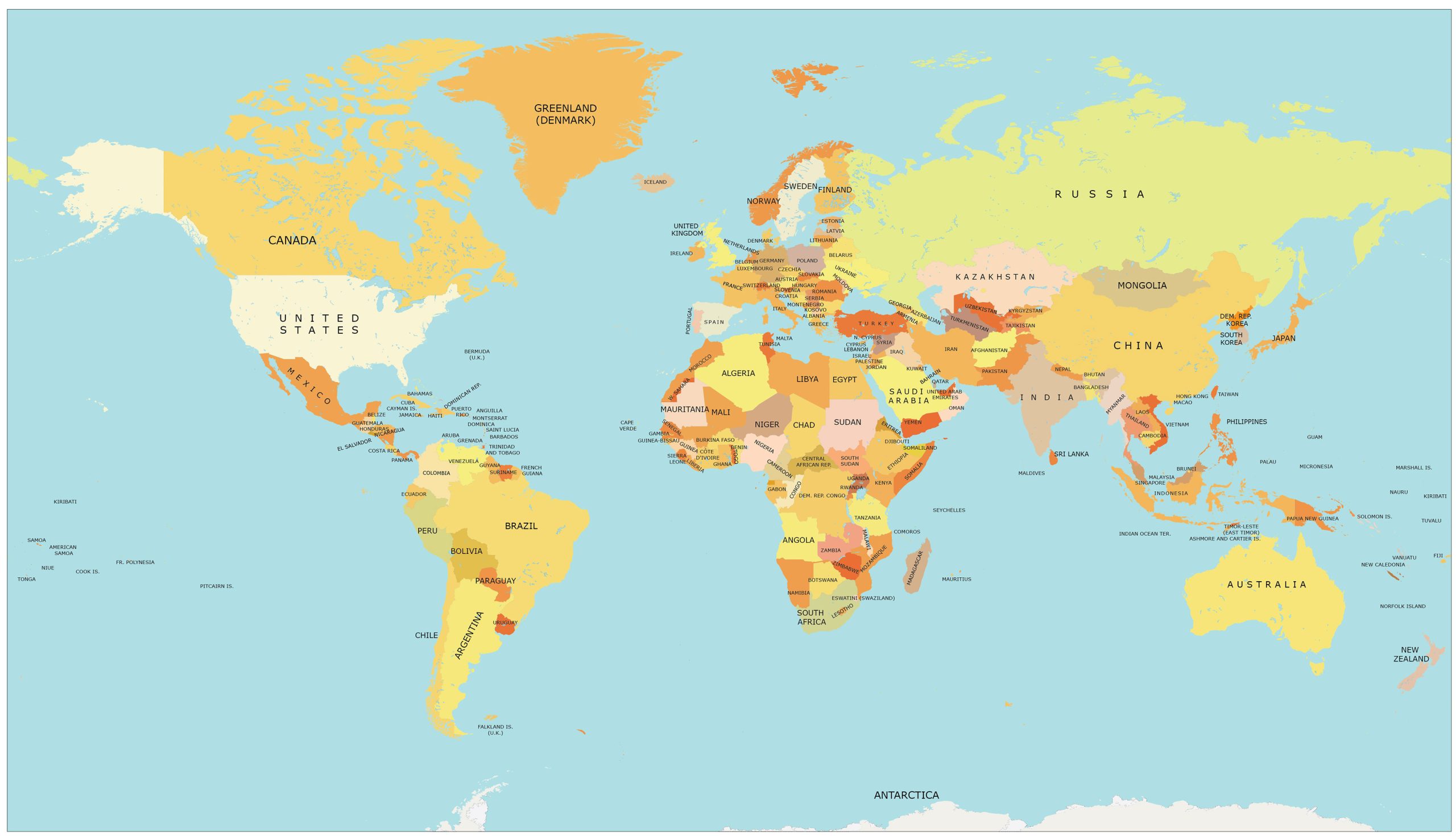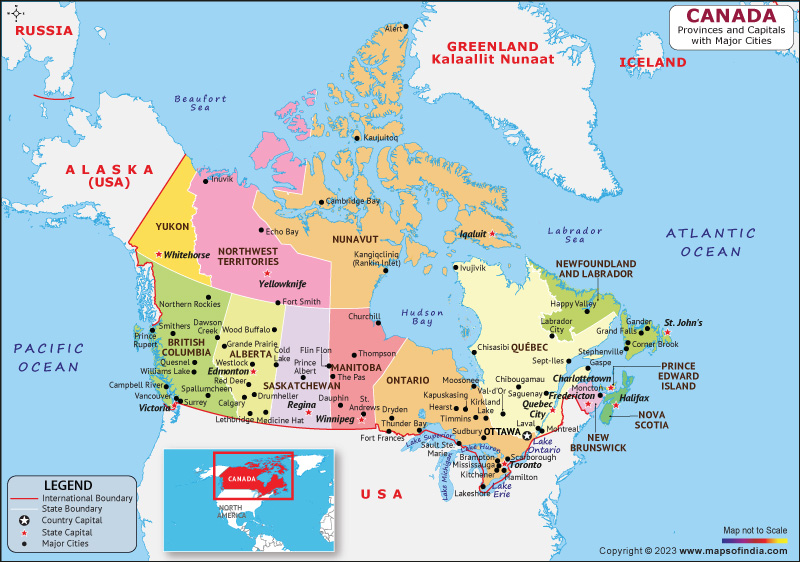
The Living Map: Navigating Native American Tribes, Languages, and Enduring Identity
The map of Native American tribes and languages is far more than a static historical document; it is a vibrant, dynamic tapestry woven from millennia of human ingenuity, profound spiritual connection to land, and an unparalleled story of resilience. For travelers and history enthusiasts alike, understanding this map is crucial for appreciating the true depth and diversity of North America’s Indigenous heritage. It’s an invitation to look beyond simplistic narratives and engage with the complex, enduring identities of hundreds of distinct nations, each with its own history, language, and culture.
The Pre-Contact Tapestry: A Continent of Nations
Before the arrival of European explorers, North America was a continent teeming with an estimated 50-100 million people, organized into hundreds, if not thousands, of distinct societies. These were not homogenous groups, but rather sophisticated nations with complex political systems, extensive trade networks, advanced agricultural practices, rich artistic traditions, and unique spiritual beliefs.

The pre-contact map would have shown a bewildering array of distinct tribal territories, often overlapping or fluid, reflecting alliances, migrations, and resource use. These territories were not merely lines on a parchment; they were sacred landscapes, intimately known and cared for, providing sustenance, identity, and spiritual connection.
Geographic and environmental factors profoundly shaped these cultures, leading to distinct cultural regions:
- Northeast Woodlands: Home to the Iroquois (Haudenosaunee) Confederacy, Algonquian-speaking peoples like the Wampanoag, Lenape, and Ojibwe. They were often agriculturalists, living in settled villages, known for their longhouses and intricate political structures.
- Southeast: Nations like the Cherokee, Choctaw, Chickasaw, Creek, and Seminole (often called the "Five Civilized Tribes" by colonizers) developed complex chiefdoms, extensive farming, and ceremonial mound building.
- Great Plains: Famous for nomadic buffalo hunters like the Lakota, Cheyenne, Comanche, and Blackfeet, who developed sophisticated equestrian cultures after the introduction of horses.
- Southwest: Ancestral Puebloans (Hopi, Zuni), Navajo (Diné), Apache, and O’odham nations adapted to arid landscapes, developing advanced irrigation systems, multi-story adobe dwellings, and intricate weaving and pottery.
- Pacific Northwest: Abundant salmon and timber resources supported rich cultures like the Haida, Tlingit, Kwakwakaʼwakw, and Coast Salish, known for their monumental totem poles, elaborate ceremonies, and plank houses.
- California: Perhaps the most linguistically diverse region, home to hundreds of small, independent groups like the Pomo, Miwok, and Chumash, who adapted to diverse microclimates and relied on hunting, gathering, and fishing.
Each of these regions, and the myriad nations within them, possessed a unique cultural fingerprint, reflecting millennia of adaptation, innovation, and self-determination.
Languages: Windows to Worldviews and Identity
The linguistic diversity of Native North America is staggering. At the time of European contact, there were an estimated 300-500 distinct Indigenous languages spoken north of Mexico, belonging to dozens of unrelated language families. This is comparable to the linguistic diversity of entire continents like Europe or Asia.
These languages are not mere sets of words; they are complex systems that embody entire worldviews, philosophies, and ways of understanding the universe. They carry generations of oral histories, scientific knowledge, spiritual beliefs, and cultural practices.
Some of the major language families include:
- Algonquian: Spoken by nations across the Northeast, Great Lakes, and Plains, including Cree, Ojibwe, Blackfeet, Cheyenne, and Fox.
- Iroquoian: Spoken by the Haudenosaunee (Mohawk, Oneida, Onondaga, Cayuga, Seneca, Tuscarora) and Cherokee.
- Siouan: Found primarily in the Great Plains and Southeast, including Lakota, Dakota, Omaha, and Crow.
- Uto-Aztecan: A vast family stretching from the Great Basin and Southwest into Mesoamerica, including Hopi, Ute, Shoshone, and Nahuatl.
- Athabaskan: Spoken by the Navajo (Diné), Apache, and numerous groups in Alaska and Western Canada.
- Salishan: Spoken by many Coast Salish groups in the Pacific Northwest.
- Muskogean: Spoken by nations in the Southeast like Choctaw, Chickasaw, Creek, and Seminole.
Each language offers a unique lens through which to perceive reality. For example, many Indigenous languages are highly verb-oriented, emphasizing process and relationship rather than static objects. They often have intricate grammatical structures that reflect deep connections to the land, specific kin relationships, and cyclical understandings of time.
The systematic suppression of these languages through boarding schools and assimilation policies was a direct attack on Indigenous identity. However, despite these efforts, many languages have survived, and today, there are powerful revitalization movements underway. Communities are working tirelessly to teach younger generations, document elders’ knowledge, and re-establish their ancestral tongues as living languages, recognizing them as critical components of cultural survival and self-determination.
The Impact of Contact and Colonialism: Reshaping the Map
The arrival of Europeans fundamentally and tragically altered the Indigenous map of North America. The story of this reshaping is one of catastrophic population decline, forced displacement, and relentless pressure to assimilate.
- Disease: European diseases, against which Native peoples had no immunity, decimated populations. Within decades of contact, some regions saw death rates of 90% or more. This demographic collapse shattered social structures, erased vast amounts of knowledge, and left communities vulnerable.
- Land Seizure and Forced Removal: As European settlement expanded, the insatiable demand for land led to a relentless campaign of dispossession. Treaties, often signed under duress or subsequently broken, carved away vast Indigenous territories. Landmark policies like the Indian Removal Act of 1830 led to forced migrations, most infamously the "Trail of Tears," where the Cherokee, Choctaw, Chickasaw, Creek, and Seminole nations were forcibly marched from their ancestral lands in the Southeast to Indian Territory (present-day Oklahoma). Similar removals occurred across the continent, drastically altering the geographic distribution of tribes.
- Warfare and Genocide: Direct military conflict, massacres, and genocidal policies further reduced populations and fragmented communities.
- Assimilation Policies: From the late 19th to mid-20th centuries, governmental policies aimed at "killing the Indian to save the man" sought to erase Indigenous cultures entirely. Children were forcibly removed from their families and sent to boarding schools, where they were forbidden to speak their native languages, practice their religions, or wear traditional clothing. This assault on identity had devastating intergenerational effects.
The map of Native American tribes in the 20th century looked drastically different from the pre-contact era. Ancestral lands were reduced to small, often isolated reservations. Many tribes were forcibly relocated far from their traditional homelands, and some were declared "extinct" by federal policy.
Sovereignty, Self-Determination, and the Modern Map
Despite centuries of systematic oppression, Native American nations have demonstrated extraordinary resilience. The late 20th and early 21st centuries have seen a resurgence of Indigenous power, self-determination, and cultural revitalization.
The modern map of Native American lands is complex. It primarily consists of:
- Federally Recognized Reservations: These are lands held in trust by the U.S. government for the benefit of specific tribes. Each of the 574 federally recognized tribes is considered a sovereign nation, meaning they have the inherent right to govern themselves, establish their own laws, and manage their own resources within their reservation boundaries. This sovereignty is not granted by the U.S. government but is inherent to their status as distinct nations.
- State-Recognized Tribes: Some tribes are recognized by individual states but not by the federal government. These tribes also maintain cultural identity and often work towards federal recognition.
- Unrecognized Tribes: Many Indigenous communities exist without formal recognition from either state or federal governments, often due to historical circumstances that prevented them from maintaining continuous relationships with governmental bodies. They continue to assert their Indigenous identity and advocate for recognition.
- Urban Indians: A significant portion of the Native American population lives in urban areas, often maintaining strong connections to their tribal nations and cultural practices, contributing to a vibrant "urban Indian" identity.
The fight for self-determination continues today. Tribal nations are actively engaged in:
- Economic Development: Building diverse economies, including casinos, tourism, energy production, and agriculture, to create jobs and fund essential services.
- Cultural Preservation and Revitalization: Operating language immersion schools, cultural centers, and traditional arts programs.
- Environmental Stewardship: Leading efforts to protect sacred sites, conserve natural resources, and address environmental justice issues.
- Political Advocacy: Asserting their treaty rights, influencing policy at local, state, and federal levels, and participating in international Indigenous rights movements.
- Healthcare and Education: Developing their own tribal health systems and educational institutions to better serve their communities.
Identity in the 21st Century: A Living Legacy
Native American identity in the 21st century is multifaceted, dynamic, and deeply rooted in a living legacy. It is not a relic of the past but a vibrant, evolving force.
- Connection to Land: Even for those living far from ancestral territories, the connection to specific homelands remains a cornerstone of identity. This manifests in spiritual practices, environmental advocacy, and the ongoing struggle for land back.
- Cultural Practices: Traditional ceremonies, dances, music, storytelling, arts (like weaving, pottery, jewelry making), and traditional foods are thriving. These practices are not static; they adapt and evolve while maintaining core cultural values.
- Language Revitalization: As mentioned, the effort to bring back ancestral languages is a powerful assertion of identity and a testament to cultural resilience.
- Pan-Indianism and Tribal Specificity: While there is a growing sense of shared Indigenous identity and solidarity (often termed "Pan-Indianism"), individual tribal identities remain paramount. Each nation proudly asserts its distinct heritage, history, and customs.
- Youth Engagement: Younger generations are increasingly reclaiming their heritage, using social media and technology to connect with their cultures, advocate for their rights, and challenge stereotypes.
- Challenging Stereotypes: Native Americans are actively working to dismantle harmful stereotypes perpetuated by media and historical narratives, asserting their rightful place as modern, diverse, and contributing members of society.
Conclusion: A Map of Respect and Understanding
The map of Native American tribes and languages is a powerful testament to survival, adaptability, and the enduring human spirit. It tells a story not just of historical injustice, but of profound cultural wealth, intellectual depth, and an unwavering commitment to identity. For those interested in travel and education, approaching this map with respect, curiosity, and a willingness to learn directly from Indigenous voices is paramount.
It challenges us to recognize that North America’s history did not begin with European arrival, but spans tens of thousands of years of Indigenous flourishing. It invites us to understand that "Native American" is not a monolithic label, but a collective term for hundreds of distinct sovereign nations, each with its unique story and contribution.
By engaging with this living map, we gain a richer understanding of the continent’s past, present, and future. We learn about the deep human connection to land, the power of language, and the unbreakable spirit of peoples who continue to thrive, innovate, and shape the world around them. It is a map that demands not just our attention, but our respect and ongoing commitment to truth and reconciliation.

